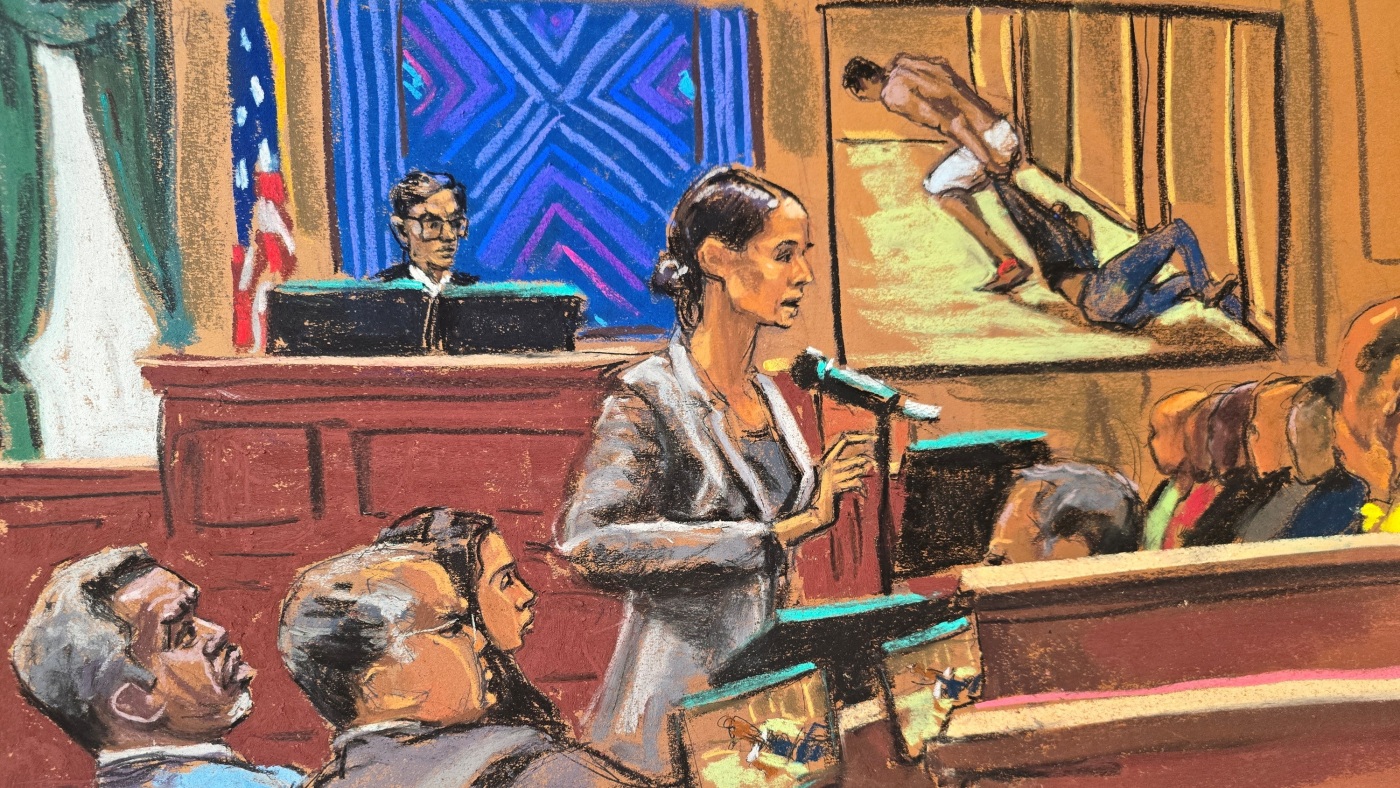s a pivotal moment in the legal landscape, particularly in cases involving high-profile individuals. The Racketeer Influenced and Corrupt Organizations (RICO) Act, originally designed to dismantle organized crime syndicates, has been increasingly applied to cases involving alleged criminal enterprises. In the context of Sean “Diddy” Combs’s trial, prosecutors argued that Combs used his influence and resources to create a network that facilitated and protected his alleged criminal activities. This included allegations of sex trafficking, coercion, and the use of violence to maintain control over his associates and victims.
The prosecution’s case hinged on demonstrating a pattern of behavior that went beyond isolated incidents. They presented evidence suggesting that Combs and his associates engaged in a systematic effort to recruit and exploit individuals, often under the guise of legitimate business dealings. The use of RICO in this context underscores the severity of the allegations and the government’s determination to hold powerful figures accountable for their actions.
One of the most disturbing aspects of the trial was the detailed accounts of alleged sex trafficking and exploitation. Prosecutors presented testimony from individuals who claimed to have been coerced into performing sexual acts for Combs and his associates. These testimonies painted a picture of a man who used his celebrity status and financial resources to manipulate and control those around him.
The prosecution argued that Combs created an environment where victims felt powerless to escape. They highlighted instances where victims were allegedly threatened with physical harm or financial ruin if they spoke out. This pattern of behavior, they contended, was not just the actions of an individual but part of a larger criminal enterprise designed to exploit and silence victims.
Another key element of the prosecution’s case was the allegation that Combs and his associates engaged in witness intimidation and obstruction of justice. Prosecutors presented evidence suggesting that Combs used his influence to silence potential witnesses and obstruct investigations. This included allegations of threats, bribes, and the use of legal resources to intimidate and discredit accusers.
The prosecution argued that these actions were not isolated incidents but part of a broader strategy to protect Combs and his associates from legal scrutiny. They contended that this pattern of behavior demonstrated a conscious effort to undermine the justice system and evade accountability.
The Defense’s Counterarguments
The defense team, led by high-profile attorney Joseph Tacopina, presented a starkly different narrative. They argued that the prosecution’s case was built on hearsay, speculation, and the testimony of unreliable witnesses. Tacopina contended that many of the allegations were based on the testimony of individuals with questionable motives, including financial incentives to testify against Combs.
The defense also argued that the prosecution’s use of the RICO Act was an overreach. They contended that the allegations did not meet the legal threshold for a RICO conspiracy and that the prosecution was attempting to criminalize behavior that was not inherently illegal. Tacopina argued that Combs’s actions, while perhaps morally questionable, did not constitute the criminal enterprise that the prosecution alleged.
The defense also sought to humanize Combs, portraying him as a successful entrepreneur and philanthropist who had been unfairly targeted by a vindictive prosecution. They argued that the case was driven by a desire to tarnish Combs’s reputation and undermine his influence in the entertainment industry.
The Impact on the Legal Landscape
The trial of Sean “Diddy” Combs has significant implications for the legal landscape, particularly in cases involving high-profile individuals. The use of the RICO Act in this context highlights the government’s willingness to apply powerful legal tools to cases involving alleged criminal enterprises. This trial also underscores the challenges of prosecuting powerful figures who have the resources to mount a robust defense and influence public perception.
The trial also raises important questions about the intersection of celebrity, power, and the law. The allegations against Combs highlight the potential for powerful individuals to exploit their influence to evade accountability. This trial serves as a reminder of the importance of holding all individuals, regardless of their status, accountable for their actions.
Conclusion
The trial of Sean “Diddy” Combs is a complex and multifaceted case that has captured the attention of the public and the legal community. The prosecution’s case, built on allegations of racketeering, sex trafficking, and witness intimidation, paints a disturbing picture of a man who used his power and influence to exploit and control those around him. The defense’s counterarguments, focusing on the reliability of witnesses and the overreach of the prosecution, present a starkly different narrative.
As the jury deliberates, the outcome of this trial will have significant implications for the legal landscape and the broader conversation about power, accountability, and the law. Regardless of the verdict, this trial serves as a reminder of the importance of holding all individuals accountable for their actions, regardless of their status or influence. The trial of Sean “Diddy” Combs is a pivotal moment in the legal landscape, highlighting the challenges and complexities of prosecuting powerful figures and the potential for the legal system to hold them accountable.











